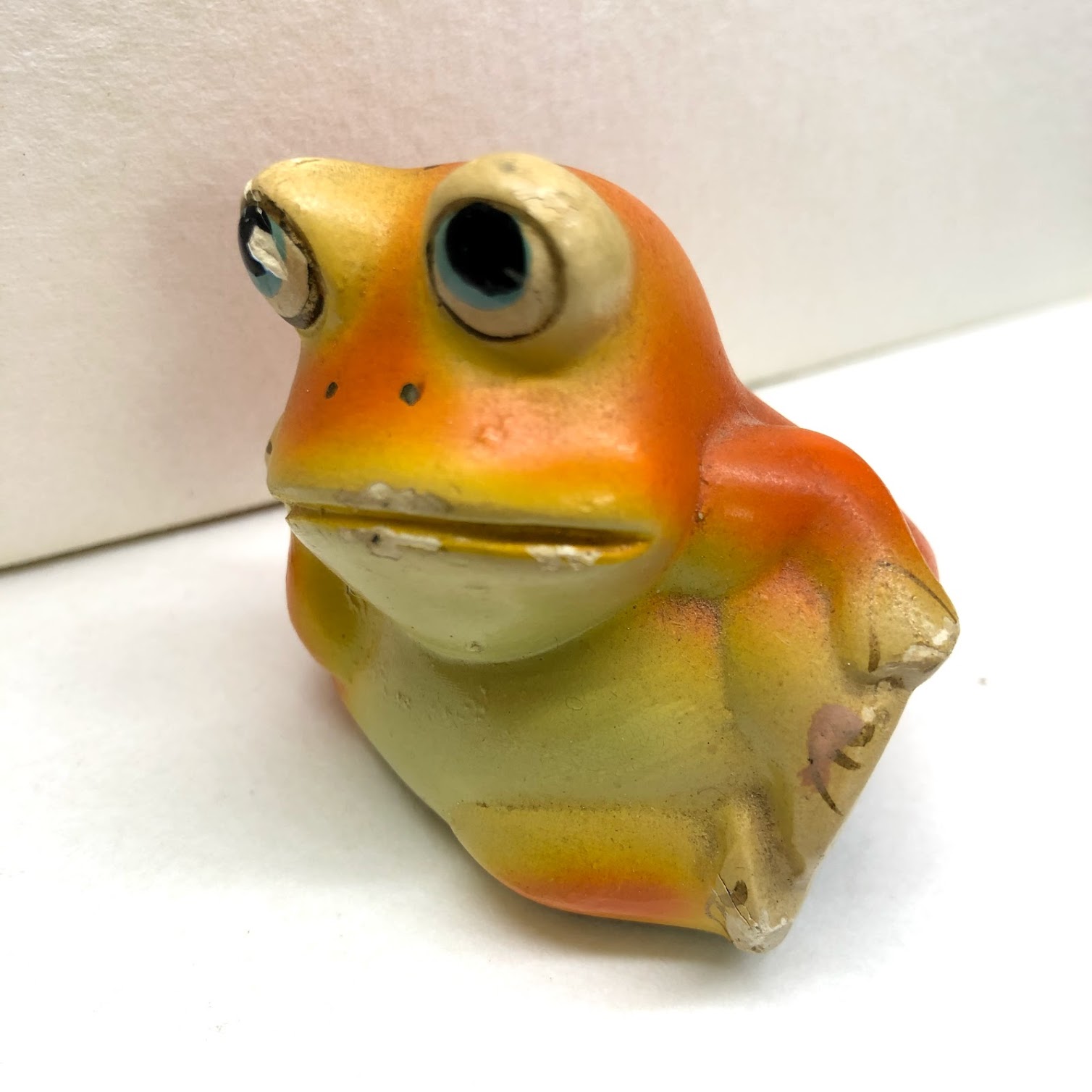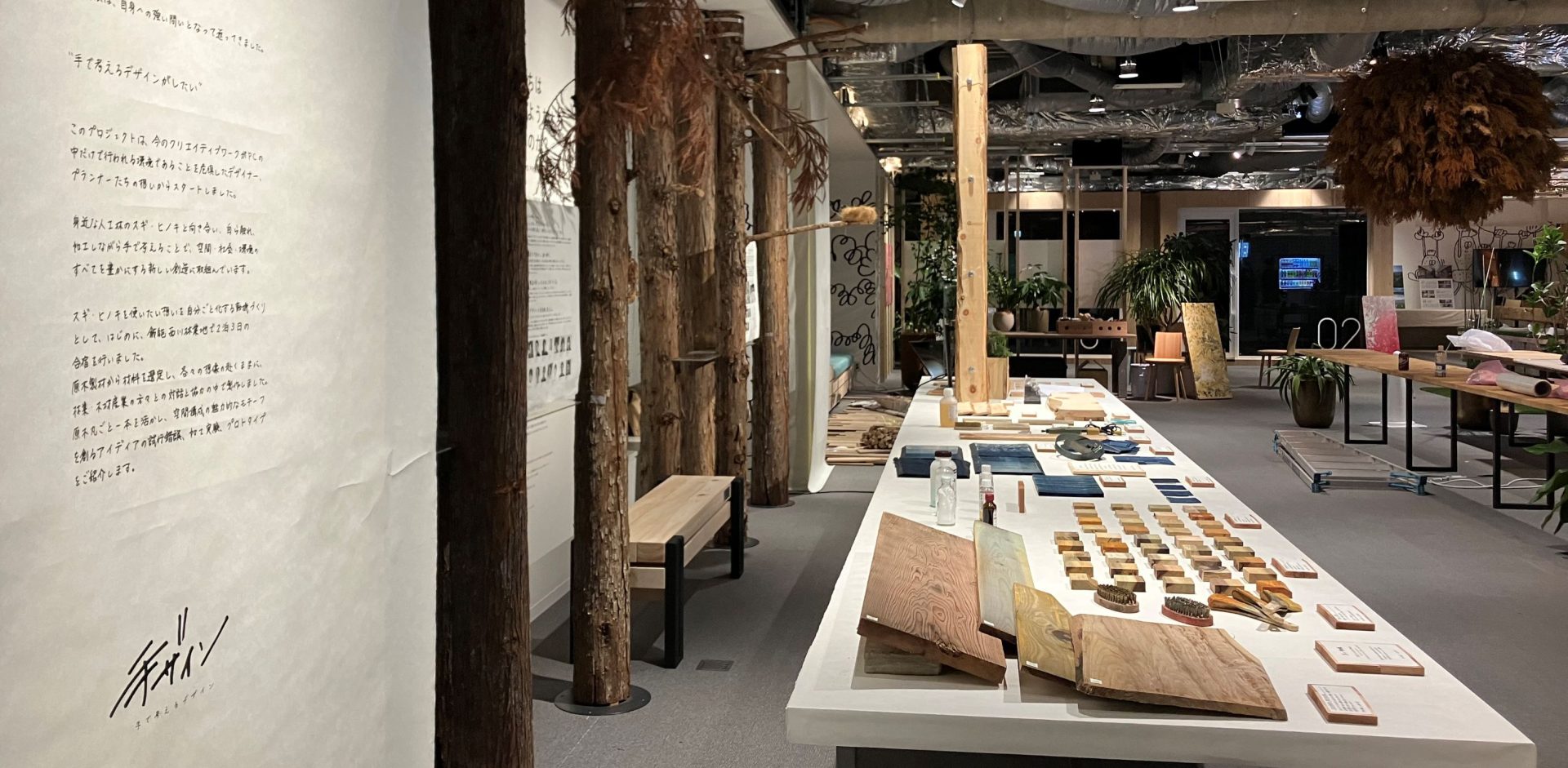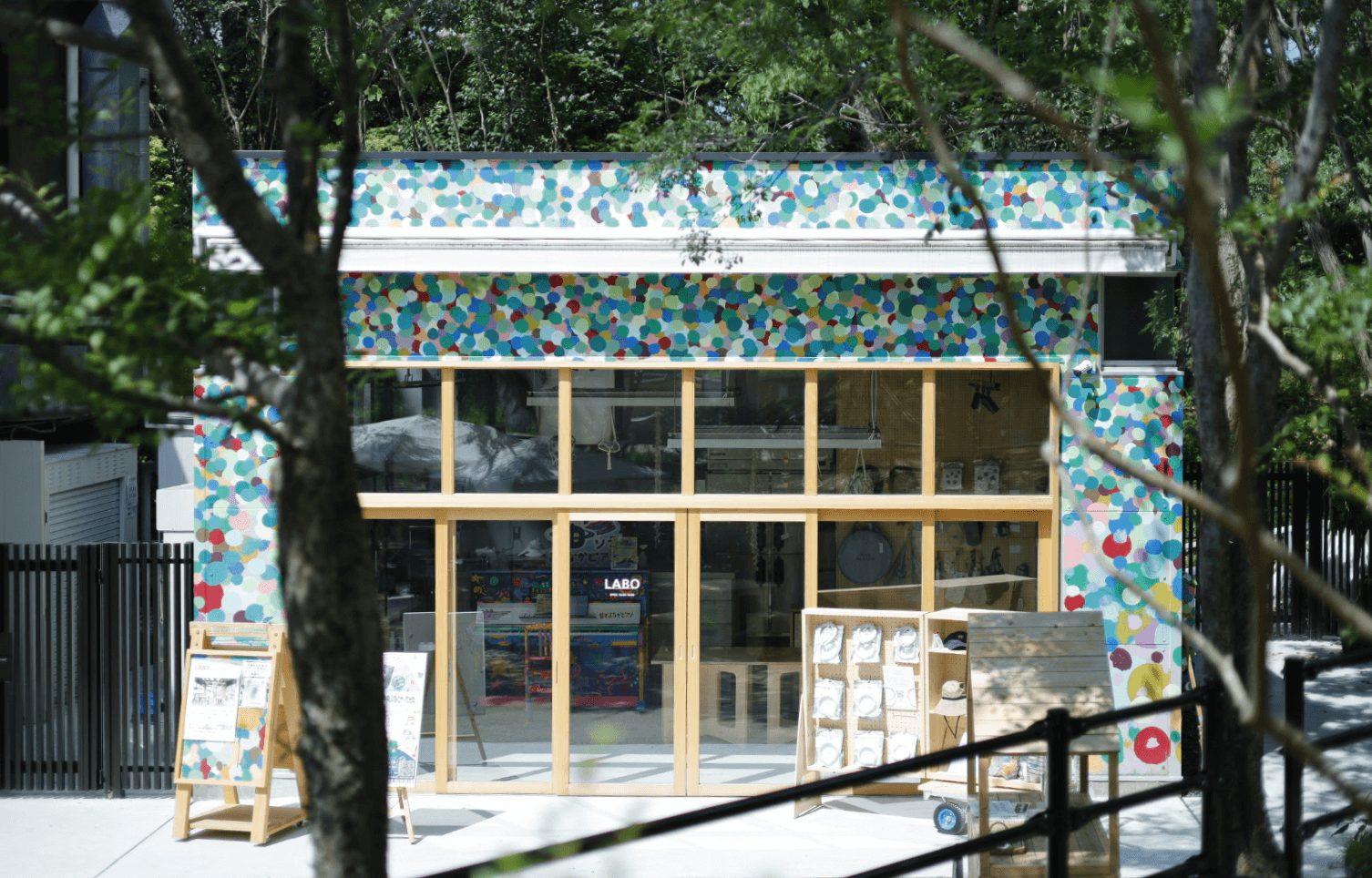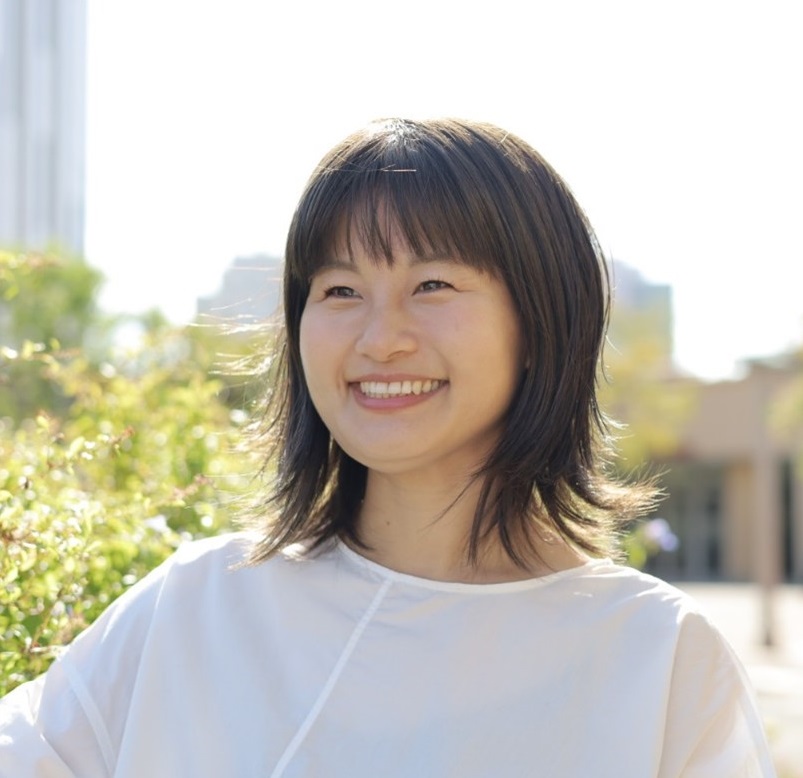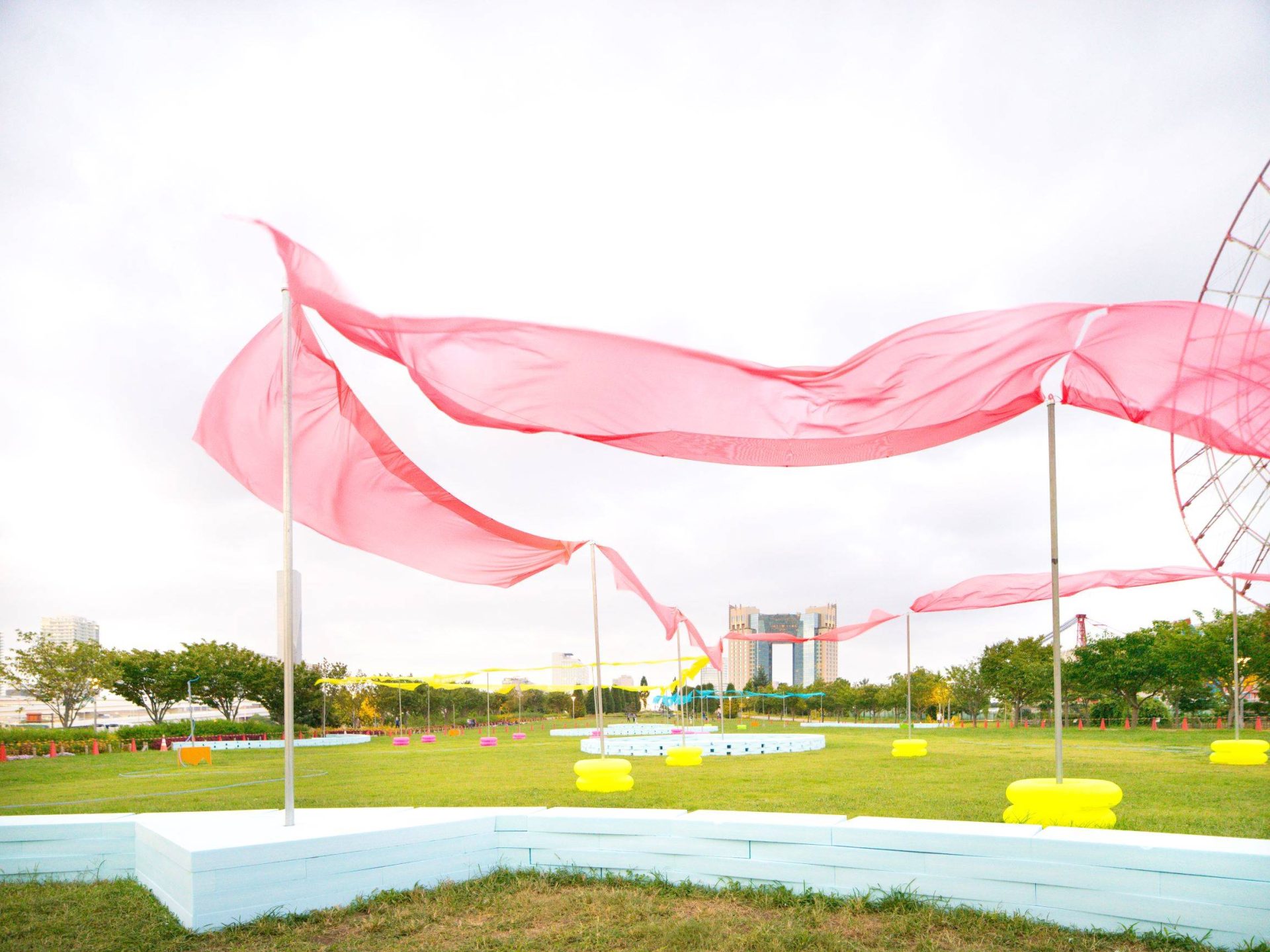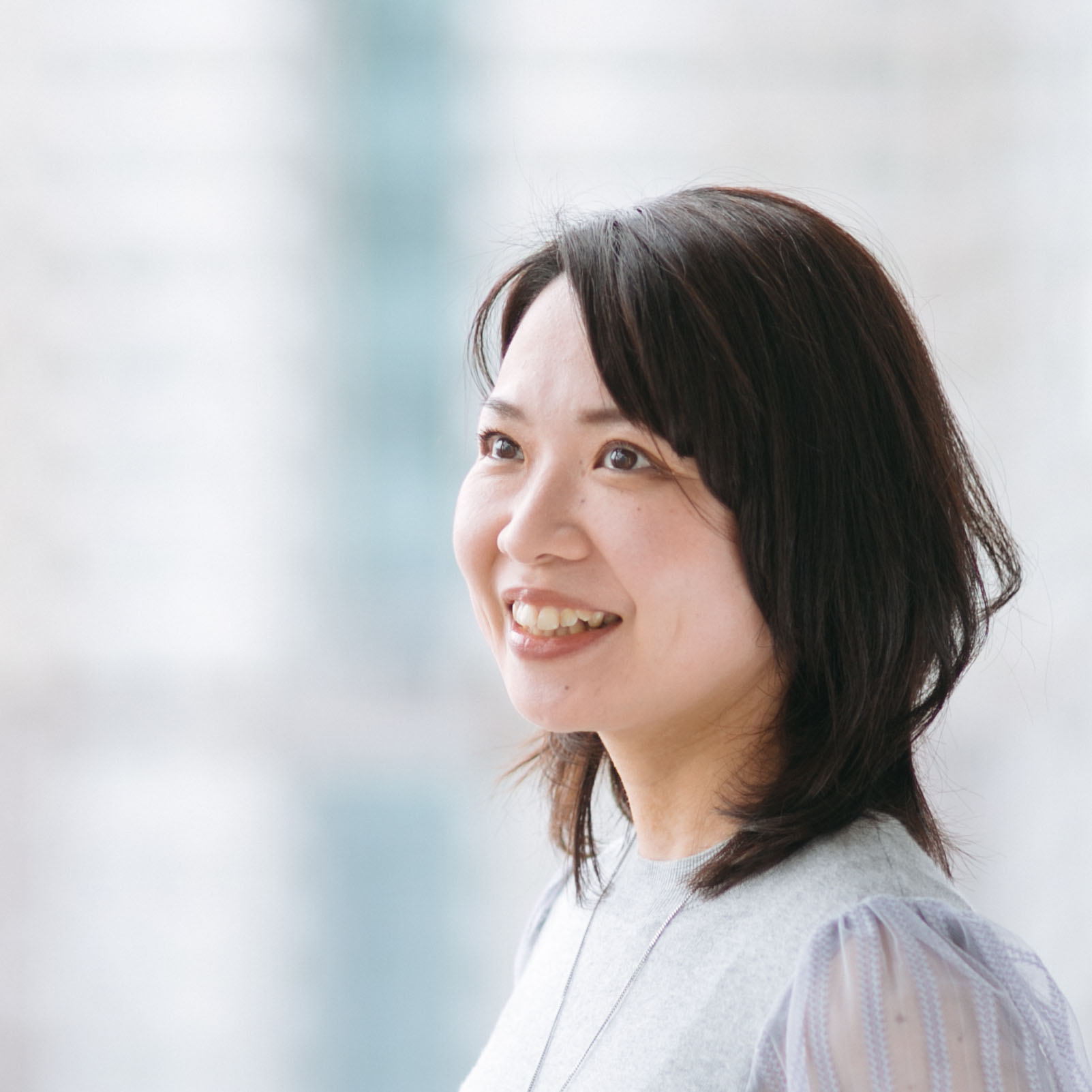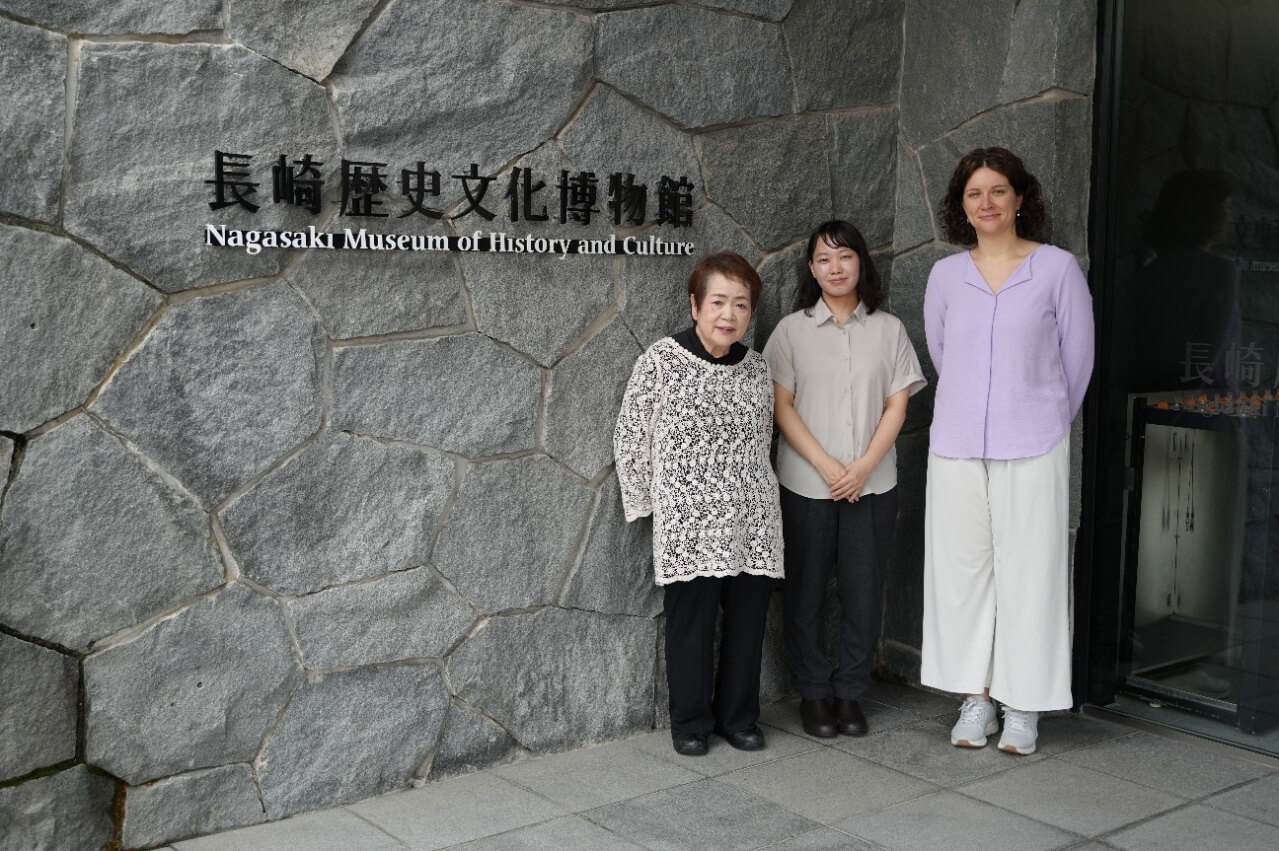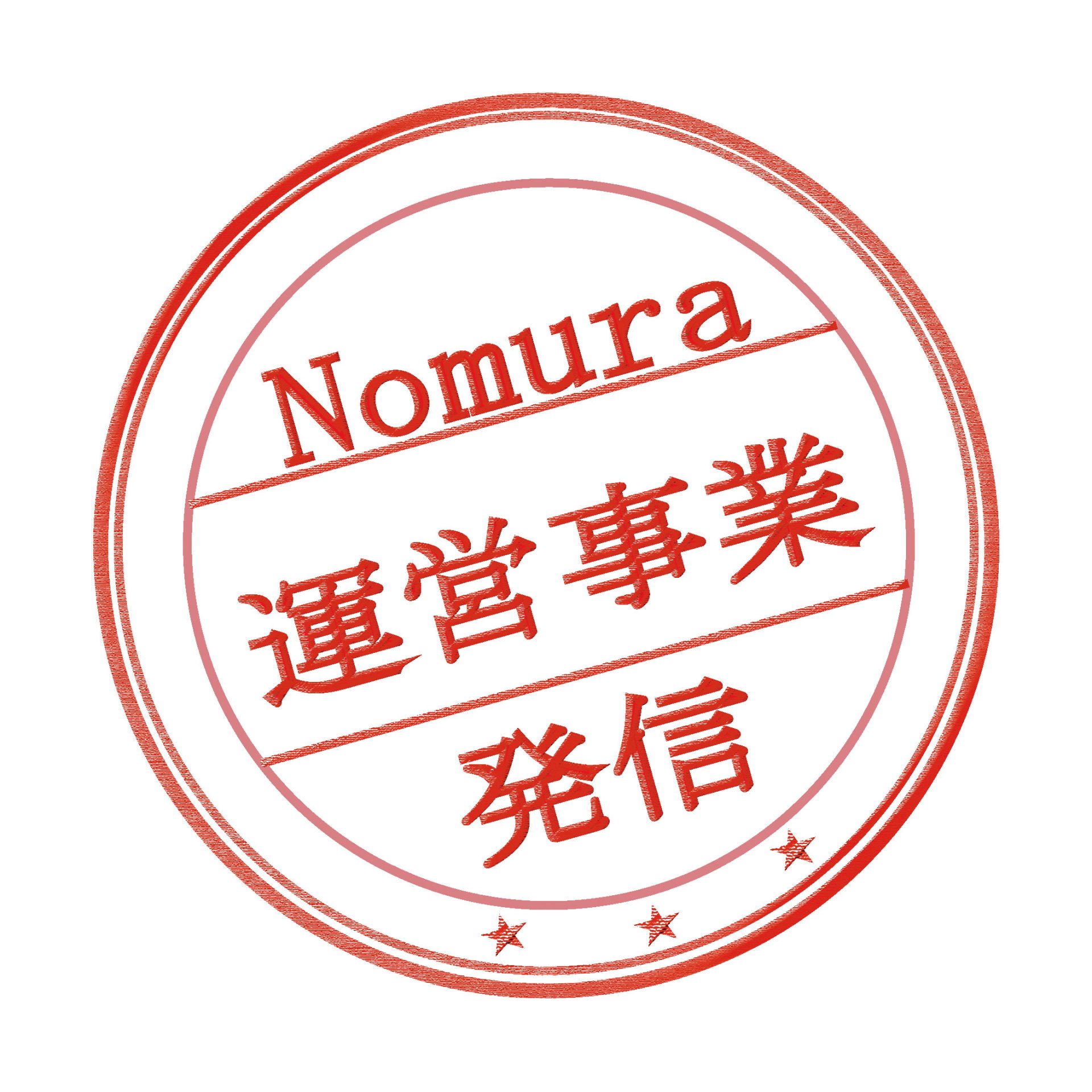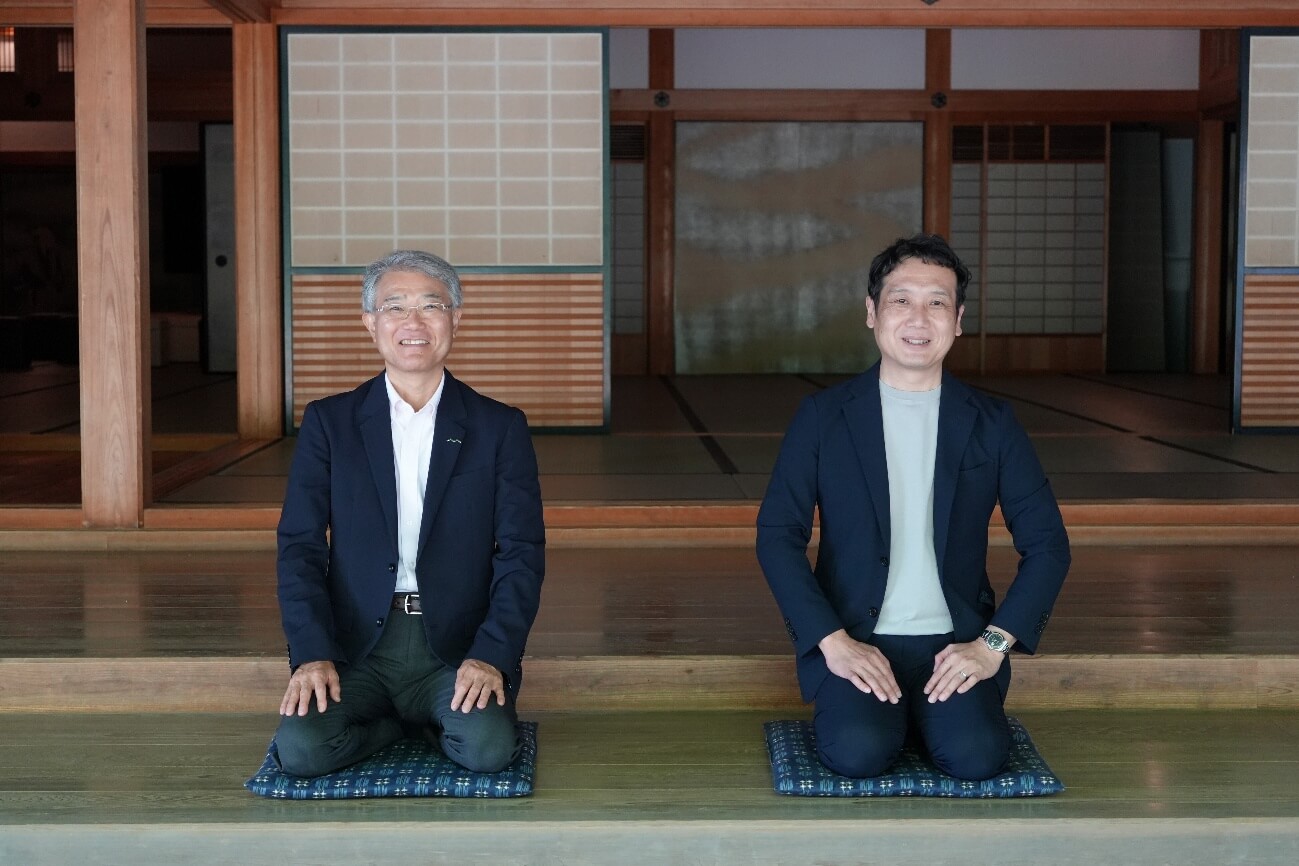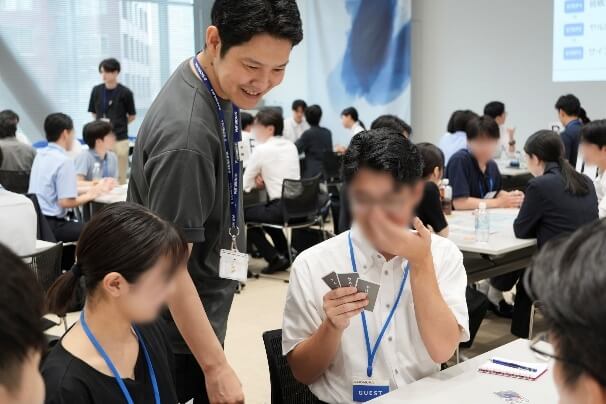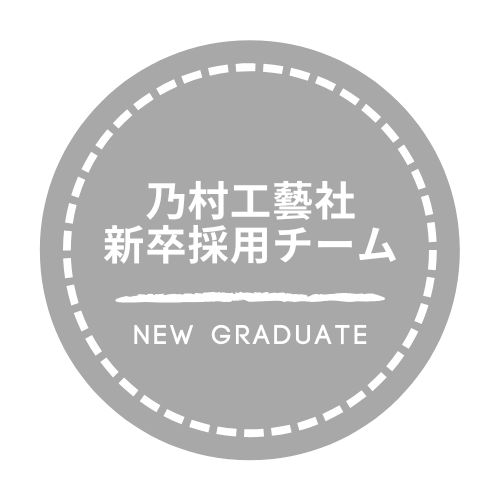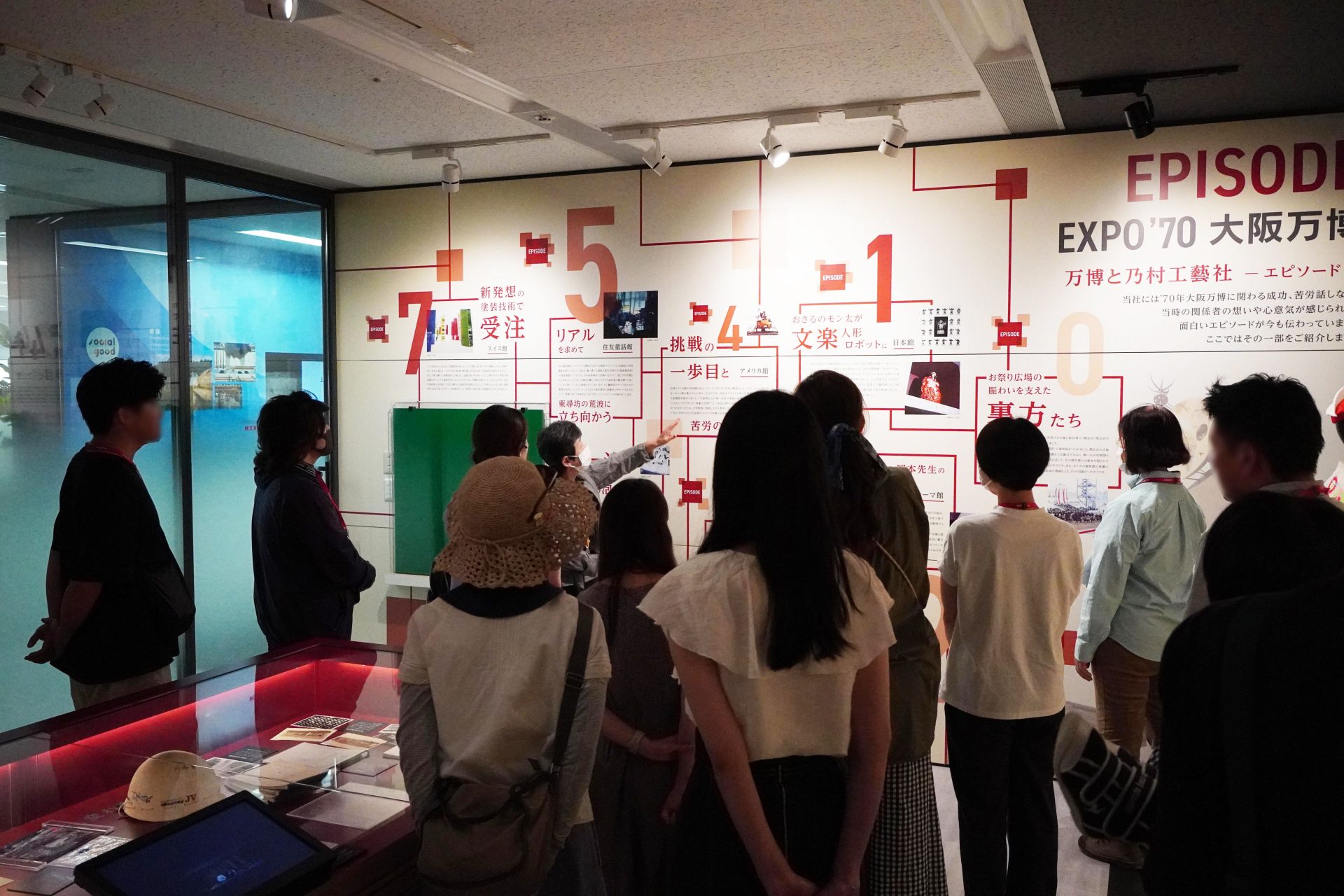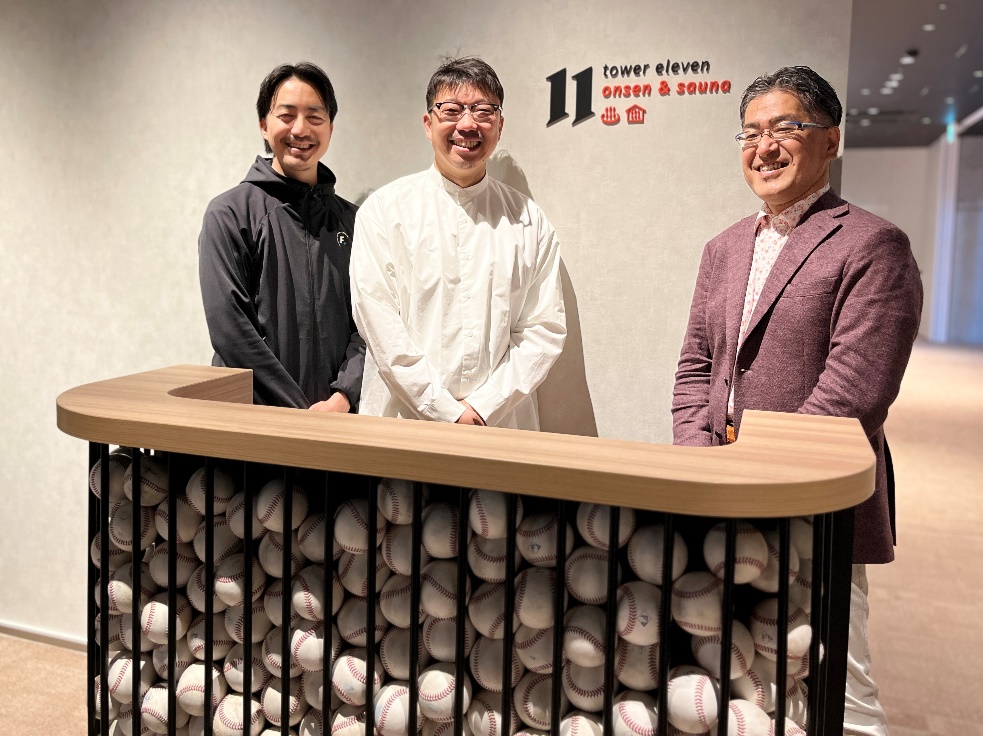
Entrance to an exhibition of historical and cultural delusions linked by food
2020/02/26- text and edit by
- Misa Inagaki (retired)
I am interested in food and the culture surrounding food.
And I always think that food culture is a very good material as a gateway and an opportunity to broaden intellectual interest.
Even if you don't learn difficult things, you can suddenly reach a deep level of culture and history and see the world you never imagined. And I think that it is suitable for the theme of the exhibition.
Food culture is a gateway of interest open to everyone
What I think would be a good starting point for broadening my interest is that food is a familiar activity, so it is easy to create personal impressions such as whether it looks delicious or not, or whether you have never eaten it before. .
Furthermore, even if you don't say anything too difficult, you can use a relatively general knowledge of the terrain, geology, climate, vegetation, creatures, folklore, history, industry, events, and people of the land. It is easy to connect directly with temperament. In addition, since there are concrete things such as "cooking" and "a place to make food", I think that it is possible to understand the fusion of multiple genres without difficulty.
...Maybe I'm looking too closely at food.
For the past few years, I have been thinking about how to express the world of food culture, where people can feel the spread of culture and a sense of integration, even though the threshold is low. I think it would be nice if all exhibitions started with food culture.
Recommended connection food "Sunki pickles"
Of all my personal experiences, the one that really made me realize the connection between food was making sunki pickles.
So, I would like to try to unravel the connection between food culture using sunki pickles as an example.
It's quick, but this is sunki pickles.
 Does it look like a well-pickled Nozawana pickle?
Does it look like a well-pickled Nozawana pickle?
It is a leaf-based pickle that has been made for a long time around Kiso in Nagano Prefecture.
Pickled leaves without salt
The biggest feature is that no salt is used.
There are various methods of preservation that do not use salt, but I think the first method of preserving leafy vegetables is to pickle them in salt.
It used to be in other areas, but now it seems to be only in the Kiso area. The area around Kiso is far from the sea, and in the olden days, salt was so valuable that it was said, "Lend rice but not salt." Nozawana pickles from Nagano Prefecture, which is ridiculed as a prefecture without sea, are also pickled in salt. The Kiso area, which has even steeper mountains and a lot of snow, gives you a sense of isolation even in the sealess prefecture.
What to do without using salt is to ferment and store with vegetable lactic acid bacteria. There is also a special way to make it, and it is certified as a World Heritage Site "Ark of Taste" project (https://www.slowfood-nippon.jp/ark-of-taste) Kiso red turnip” is the certified name).
The taste has a mellow acidity and a unique fermented flavor. This fermented flavor is irreplaceable, and I am addicted to it.
When you eat it for the first time, you may get the feeling that the umami is thin and has been on your shoulders. Katsuobushi and soy sauce are often added. Goes well with oil. The curry garnish is also good. Fukujinzuke-like. It's delicious even if you put it in warm soba noodles. From Kiso to Matsumoto, banners of "Sunki soba" stand when sunki is pickled.
Locals say it's delicious as is. I think so too, especially these days.
How to make sunki pickles with lactic acid fermentation
I was curious about how to make pickles without using salt, so I decided to go to the home of Mr. F, a colleague from Otaki Village, Kiso-gun, who shared the sunki-zuke with me, and ask him to teach me how to make it. But that was about two years ago.
The sunki pickles of the F family are
Sunki mustard leaves
●Two “seeds”
● Boiling water
I will make it with
Roughly speaking, it is made by keeping the seeds containing lactic acid bacteria warm and fermenting. It's kind of like making yogurt.
Please explain the ingredients before making.
This is the sunkina field of the F family. Sunkina leaves look like this.

And it's hard to see, but it's the harvested sunki greens.
 It has a red turnip. The leaves are pickled in sunki, and the turnips are pickled in red turnip. The red turnip pickles are sweet and sour and the turnips have just the right amount of spiciness, which is also delicious.
It has a red turnip. The leaves are pickled in sunki, and the turnips are pickled in red turnip. The red turnip pickles are sweet and sour and the turnips have just the right amount of spiciness, which is also delicious.
House F's red turnip pickles. It's pretty pink. If you pickle it in vinegar, the whole will be colored.

By the way, the official name of the cultivar grown in the F family is Otaki turnip. It seems to be almost the same as Sunkina of Kiso, but it seems that the seeds are separated. Otaki endemic species.
Then seeds.
Last year's sunki pickles dried. I'm putting it back in hot water. This is "Tane 1".

Pickled sunki pickled a week ago. This is "seed 2".

The mother and daughter of the F family are separating the pickle and sunkina from the "tane 2" tub.
 The white bowl contains the pickling liquid. Fresh ones are the same beautiful pink color as red turnips.
The white bowl contains the pickling liquid. Fresh ones are the same beautiful pink color as red turnips.
Another point about this photo. Nagiso's specialty "Nagiso cat" worn by the mother of the F family.
Warm clothes for the back when I was working at the hearth. It has no sleeves and is easy to work with. Clothing rooted in the life of the Kiso area that surrounded the hearth. It is indescribably cute when women with cats on their backs gather.
And what is in the plastic bottle is Tane 2's "special edition".
 Pickled liquid from a house that has a reputation for being delicious in Otaki Village.
Pickled liquid from a house that has a reputation for being delicious in Otaki Village.
It was given to me by the mother of the F family. It is better to mix various bacteria.
I feel like I've discovered a big secret. It was the most exciting part of the day.
I'll show you how to pickle.
After thoroughly washing the leaves, bundle them together.
 It is completely protected from getting wet.
It is completely protected from getting wet.
Beside me, the father of the F family is preparing hot water in the cauldron.
 Anything is possible in Otaki Village.
Anything is possible in Otaki Village.
When the water boils, each bundle is boiled in a cauldron.
 Start from the root. It takes about 15 seconds in total including the leaves. It feels like you can pass through hot water quickly.
Start from the root. It takes about 15 seconds in total including the leaves. It feels like you can pass through hot water quickly.
The blanched leaves are dumped into the bucket.

On top of that, add sunki that was pickled a week ago.
 There is a "special edition seed" behind it.
There is a "special edition seed" behind it.
In addition, layer 1 dried sunki. ・・・ repeat.

"Special edition seeds" will be entered.

When the bucket is full, pour boiling water over it.
 The moment of private "oh". I thought heat was not allowed to preserve leaves, but it's piping hot.
The moment of private "oh". I thought heat was not allowed to preserve leaves, but it's piping hot.
Go to the front door and cover it with vinyl.
 The bucket is quite heavy because it is filled with water. It's hard without a trolley.
The bucket is quite heavy because it is filled with water. It's hard without a trolley.
The pickling is completed by wrapping it in a cloth so that the heat does not escape.
 You can eat it in about a week.
You can eat it in about a week.
And it will be a seed for next year again ・・・.
A network of people who supported the sacred mountain seen from pickles
From how to make sunki pickles, I felt that the seeds are the life. And in order to have all the seeds, preparation from a week or a year in advance and the work of the people of Otaki Village, who have continued to add seeds like the sauce of a long-established eel restaurant, are indispensable. On the day I learned how to pickle sunki, I had several opportunities to talk with women in the village, accompanied by the mother of the F family. ・ And the topic of sunki pickles and red turnip pickles was all over the place. I realized that without the Otaki Joshi Network, there would be no life.
By the way, Otaki Village is the base of Mt. Ontake, which is famous as a sacred mountain for Shugendo. The Mt. Ontake trailhead is located in the village, and there are several lodgings for believers of the Ontake faith. At the peak of mountaineering, believers used to help with lodging throughout the village.
I feel that the network that the village has cultivated over the years, which has supported the faith, has nurtured delicious sunki seeds and protected Otaki turnip seeds.
 Mt. Ontake giving off volcanic smoke.
Mt. Ontake giving off volcanic smoke.
Pickles road connected in delusional universe
From here on, my hypothesis, or rather, the current situation is just a delusion.
It doesn't seem to be clear when and how sunki began to be made, but there is a record from 150 years ago that it was served at a memorial service for a person called Fukan Gyoja, who popularized Mt. Ontake climbing. I felt that home-cooked meals were not recorded very often, and I thought that they might have been positioned more like shojin ryori, which was made by Gyōja-san.
Also, Kyoto's suguki, which has a similar feeling to the word, is pickled in salt, but the leaves of the turnip greens are fermented with lactic acid bacteria, so the taste is similar and you can't think of it as a different product. Originally, it was made by a priest who served Kamigamo Shrine, so there is also a connection with religion here. Furthermore, in Nepal, there is a pickle similar to sunki called 'Gundruk'. There may be a path taken by pickles between the mountainous country of Nepal, which is also a sacred place for Buddhism, and Kiso.
Delusions run amok...
Come to think of it, it's quite difficult for people to control invisible bacteria by hand, and making delicious sunki pickles without spoiling may have been a relatively specialized technique. . So maybe I was brought up in an organization with an advanced knowledge system like a religion. Another reason to think about such a thing is the existence of red turnip pickles. Sunki pickles are a set with red turnip pickles, and are made at the same time. What surprised me was that although red turnip pickles can be found all over Japan, including Yamagata, Aomori, Akita, Niigata, Hida Takayama, and Shiga, sunki pickles have been passed down only in the Kiso region. I think there are several reasons why Kiso is the only one, but I thought that there might be a human network backed by faith.
Furthermore, practitioners of Shugendo have a high level of knowledge about the medicinal properties of plants and how to treat illnesses. It is said that the technique of making medicine is alive in how to make sunki pickles. Come to think of it, sunki pickles have recently been attracting attention for their high efficacy as a health food. It is said that immunity is raised and the symptoms of hay fever are alleviated.
From the pickled leaves, to the history of Otaki village, to the world of Shugendo and the distant Nepal, before you know it, you'll find yourself back in the present. My dream is to create an exhibition.
*According to additional information from the F family, there is research that says that Otakikabu's roots are from Akita to Southeast Asia.Mmmm. Speaking of Akita, there is a famous mountain of Shugendo called Mt. Chokai.
Like this article?
